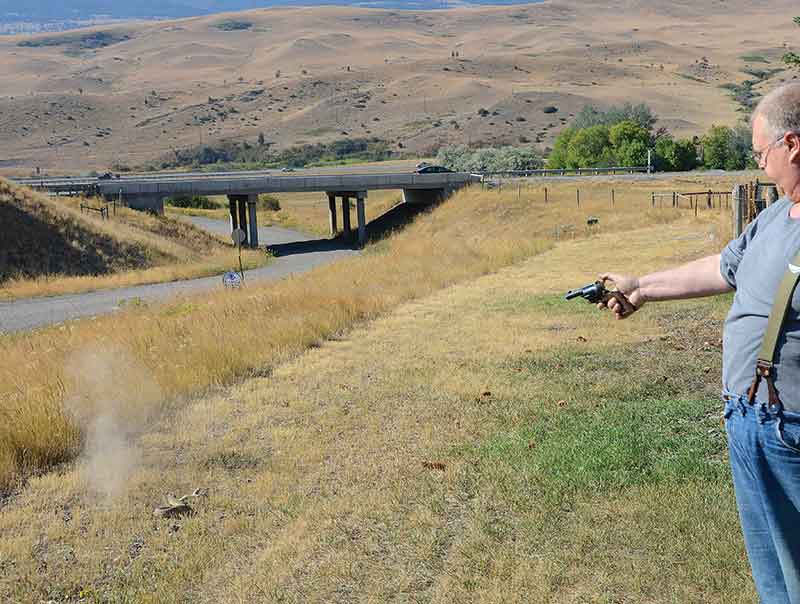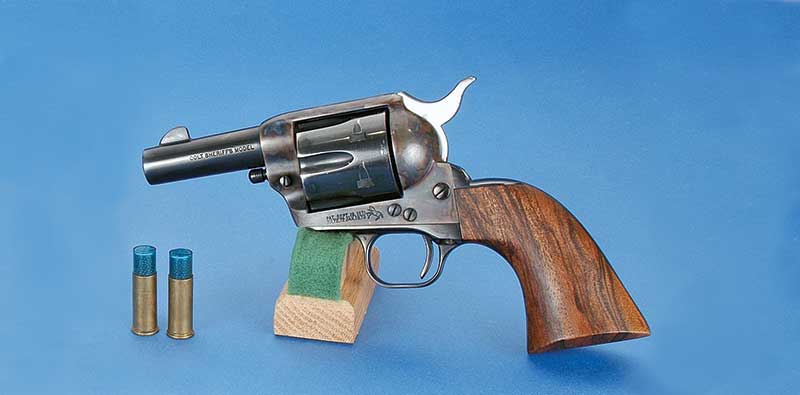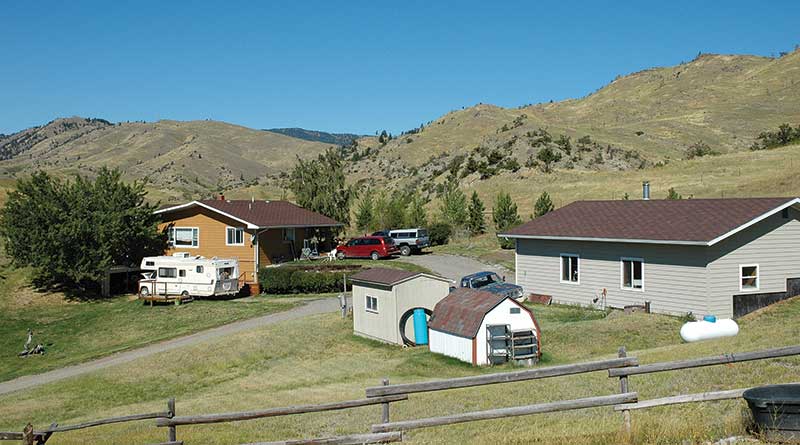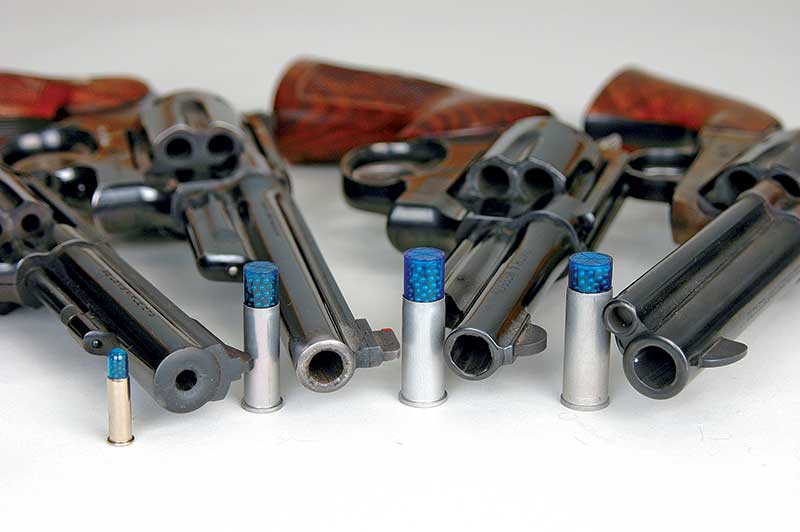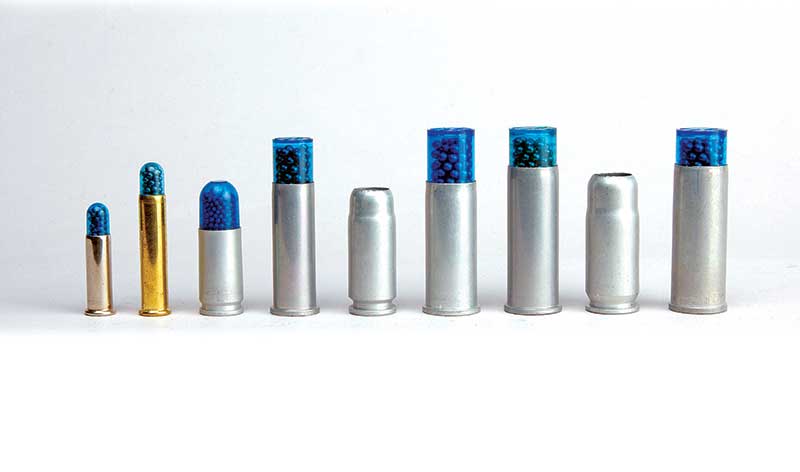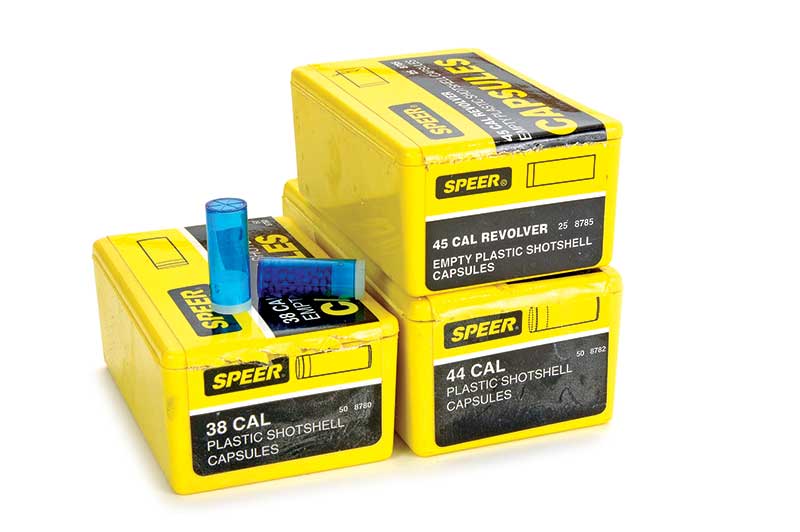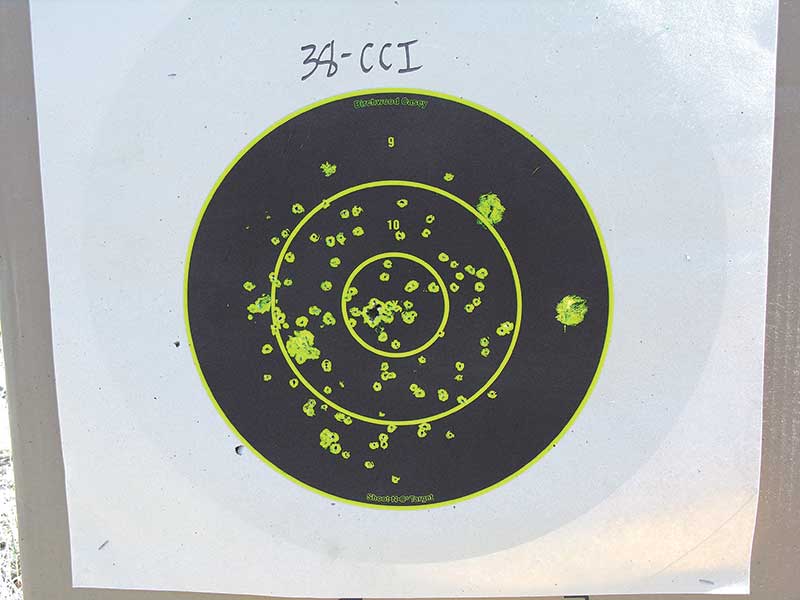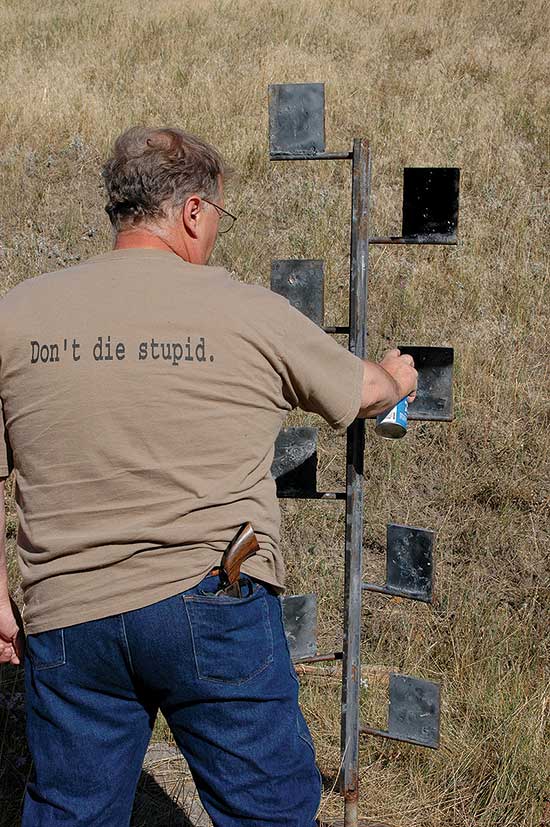Snaky Area
In the quarter century Yvonne and I have made our home on this piece of Montana, I have killed rattlers in our driveway, on our front porch, around our parked vehicles, by the door of our shop, and in our horse corrals. A few years we encountered nary a one. Last year between the two of us we killed a half-dozen. You might ask, “Why take up residence in a snaky area?” Because I wanted to have my own shooting ranges, and we could afford this place. Besides we purchased it after the snake season, so no mention was made by the seller of their presence.
One time a fellow I hired to mow our considerable lawn knocked on the door to say, “I just saw a rattlesnake crawl through a crack around the door of that white shed out there.” That white shed happens to be my gun powder, ammunition and bullet storage place. My response to the fellow was, “Well, he owns it then. I’ll be damned if I’m going in there after him.” And I didn’t until well into a frigid winter. I’m sure powder and bullet sales at the nearest gun store showed an increase during those months.

